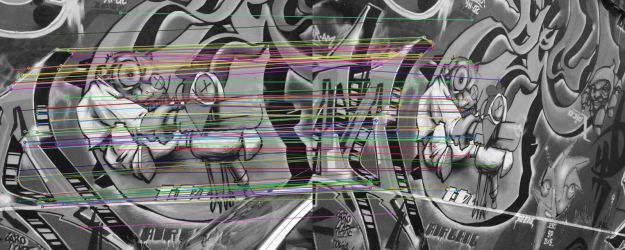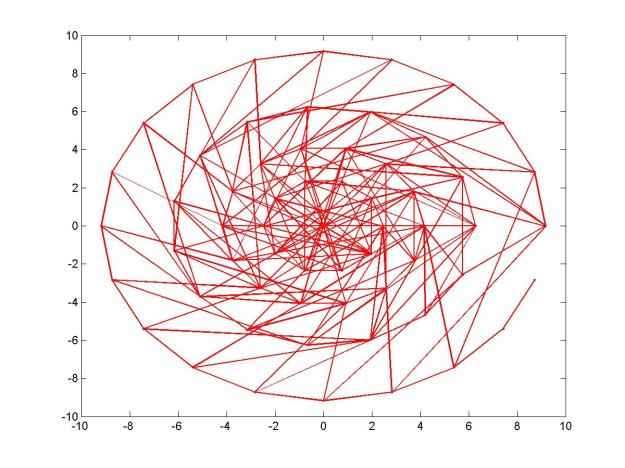In this post I will explain how to add a simple rotation invariance mechanism to the BRIEF[1] descriptor, I will present evaluation results showing the rotation invariant BRIEF significantly outperforms regular BRIEF where visual geometric changes are present and finally I will post a C++ implementation integrated into OpenCV3.
Just as a reminder, we had a general post on local image descriptors, an introductory post to binary descriptors and a post presenting the BRIEF descriptor. We also had posts on other binary descriptors: ORB[2], BRISK[3] and FREAK[4].
We’ll start by a visual example, displaying the correct matches between a pair of images of the same scene, taken from different angles – once with the original version of BRIEF (first image pair) and one with the proposed rotation invariant version of BRIEF (second image pair):
It can be seen that there are much more correct matches when using the proposed rotation invariant of the BRIEF descriptor.


